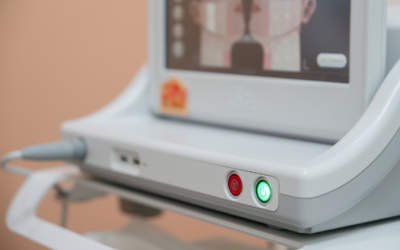

Penile problems: understanding phimosis
When boys are born, their foreskin is too tight to be pulled back over the head of their penis. This condition, called physiological phimosis or non-retractile foreskin, typically resolves itself with age, with the majority of boys able to retract their foreskin by the time they are five years old.
Follow us on Telegram for the latest updates: https://t.me/AsiaMDsg
However, for some boys, scarring of the foreskin due to forceful retraction, inflammation or infection caused by poor hygiene may lead to pathological phimosis, and the inability to pull back their foreskin even as they grow older. Some boys also acquire a chronic inflammatory skin condition called balanitis xerotica obliterans that causes the foreskin to scar and contract. This disease may affect the uretha, the urine channel, and the urethra opening, causing urethra strictures.
Boys who suffer from pathological phimosis experience complications such as painful erections, deviation of urine stream, spraying of urine, urinary tract infections, and recurrent infections of the foreskin.
A tight foreskin can get stuck behind the head of the penis when it is pulled back, and result in pain and compromised blood supply. This is known as paraphimosis and requires immediate medical attention.
Treating pathological phimosis
When boys or men with pathological phimosis seek medical help, the doctor checks their tight foreskin for infection first. Such infections are treated with antibiotics first before the doctor can take further steps to treat the phimosis.
Subsequently, the doctor prescribes steroid cream, such as betamethasone, to be applied twice a day on the foreskin for four to six weeks. The steroid cream makes the tight foreskin thinner so that it can be retracted past the head of the penis. Studies investigating the effectiveness of steroid cream as treatment for phimosis in patients younger than 18 years old have found that it was a safe first-time treatment option.
For patients who do not want to go through steroid treatment or find it ineffective, circumcision is the other option. Circumcision is carried out under local or general anaesthesia. While the surgery lasts for less than an hour and is a day surgery, full recovery takes two to four weeks.
This article has been verified medically by Dr Wong Zeng Hao Joel, paediatric surgeon at Paediatric Surgery & Urology International, Thomson Medical Centre (Singapore).








0 Comments